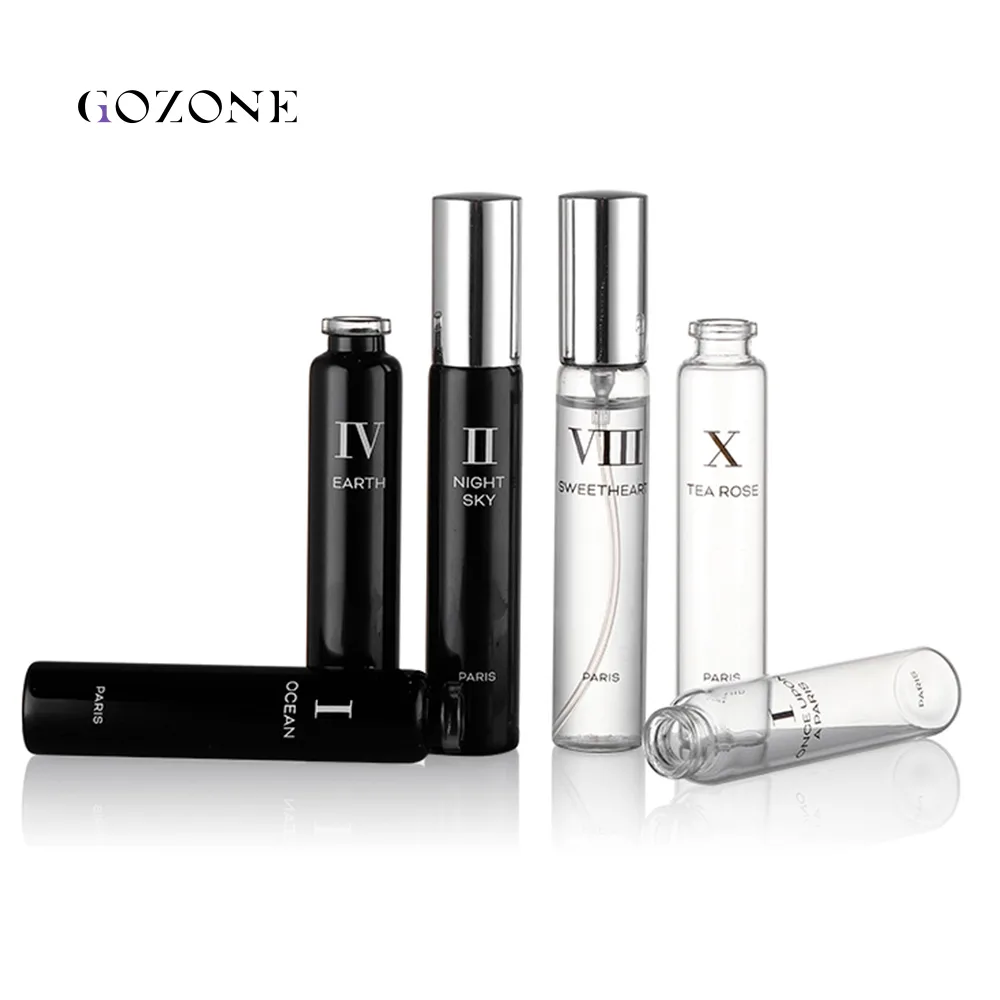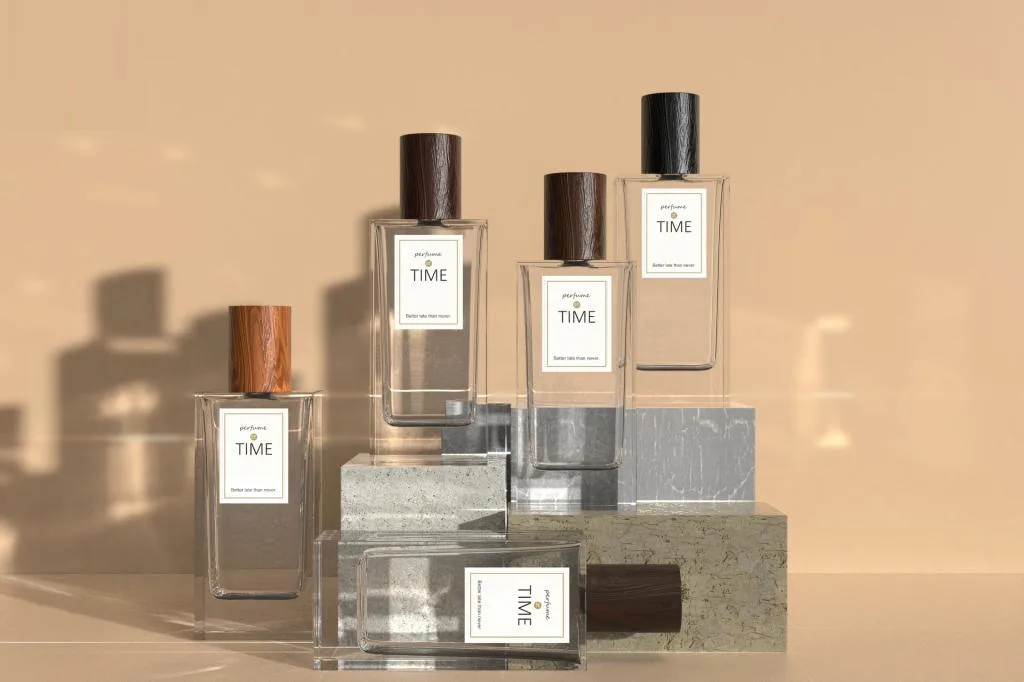Usually mistaken as a decal sticker, it is the most convenient branded packaging method. It offers several labeling applications and practical industrial uses. From complex patterns to a variety of textures, it can have all prints.
This blog explains all the important characteristics of decals. If you are interested in bulk purchase of decals and want to know more about them, continue reading.
What are Decals?
Derived from the word decalcomania, the decal is a printing technique. It is a printing technique where a design printed on paper, plastic, or ceramic is transferred to another object. This transfer involves certain types of adhesives, such as heat or water.

lassification of Decal
Depending upon the production process, the decal paper has been classified into three categories, which are as follows:
In-glaze Decal
In the case of an in-glaze decal, the heating temperature is higher than the maximum temperature of the glaze layer. This causes the pigment to sink inside the glaze layer. After cooling the glaze layer, it covers the pigment.
Although the in-glaze decal is costly, it gives the objects a luxurious, bright, and smooth finish.
On-glaze Decal
As the name refers to the on-glaze decal technique, the paper with the printed design is applied directly onto the surface of the substrate. It is then subjected to high temperatures to ensure the design sticks firmly to the substrate’s surface.
In this technique, the heating temperature should be less than the melting point of the glaze layer on the substrate’s surface. This ensures that the design stays on the surface of the substrate and does not melt or sink into the glaze layer.
The glaze decal technique is a low-cost cost, easy-to-operate printing technology.
Under Glaze Decal
When discussing traditional decorative methods in China, the under-glaze decal technique is for you to be mentioned. In the case of the glaze decal, first, the paint or pattern is applied on the surface of the substrate.
After the paint application comes the glaze application. Since the paint is under the glaze, the name of the technique, i.e., underglaze.
Difference between Decal and Sticker
| Stickers | Decal | |
| Durability | Stickers are less durable than decals. The print in stickers is stuck to an ordinary material. This material can easily wear and tear with the passage of time. | Decals are more durable than stickers. This is because the printing pattern is made on a special type of paper in decals in decals. This paper can withstand wear and tear. |
| Surface | Stickers are less versatile than decals in their application. You can apply a sticker only on a flat surface. They are not suitable for application to curved or wavy surfaces. | Considering the range of surfaces, decals are more versatile. You can apply a decal on a flat surface or curved surface. Surface shape does not impact the application of a decal. |
| Application | In terms of application, stickers are more convenient. Simply remove the backing paper and apply the sticker to the desirable position. However, they are not easy to position because they cannot be removed once they get stuck. | The application of decals is different from that of stickers. A decal is dipped in water and then applied to the surface by removing the paper. Back. Since it uses water, it is easy to change the position of the decal. |
Decal on Glass Perfume Bottles
Before understanding the application of decals on the surface of glass perfume bottles, it is better to understand the construction of the decal itself. A decal consists of three layers:
- Application tape
- A silicone adhesive backing
- The face stock is the paper or plastic layer with the design print on it.
Before applying the decal on the glass perfume bottle surface, ensure it is clean. This ensures that the bottle’s surface is free from any marks.
After cleaning the bottle, the adhesive cover from the back of the decal is removed. All you need to do is press the decal on the bottle’s surface and press it tightly. This removes any bubbles between the bottle surface and the decal.
Once set, pulling the applicator tape from the top of the decal would be best. You are left with a perfect decal on the bottle’s surface.
Decal is not just a luxurious but a very convenient and cost-effective way of labeling glass perfume bottles.
Since customized packaging is at the heart of glass perfume bottle manufacturing, decals are a creative customization method. They offer a variety of colors and finishes, including metallic textures.

Advantages of Decal
Attractive and Effective
Decals are available in various colors, textures, and patterns. This adds to the attractiveness of the printing materials. If the decal is made using the right materials, it can last several years.
Decals are more durable and resistant to wear and tear. They might look the same over the span of a few years.
- Affordable
Although they are more expensive than common stickers, they are still more affordable than other options.
They are affordable and cost-effective; businesses usually purchase decals in bulk, so the manufacturing cost is less.
- Resistance
As mentioned before, decals are more resistant to wear and tear. They can no doubt resist hard environments, high temperatures, and humidity.
Because of their high resistance, decals are also suitable for outdoor use.
Limitations of Decal
Waterslide
The waterslide of decals is quite difficult to handle. In the case of large images, the result could be better. It is easier for the decal to stick perfectly if put on a pre-painted surface.
Damage to the surface of walls
When decals are applied to walls and peeled off, there is a small possibility that the paint on the wall’s surface will wear off. However, this damage is not irreparable. A fleece can remove the curls or scrapes of paint from the wall.
Conclusion
Decal is the most convenient and affordable labeling method available; with less cost of production, they are both easy to manufacture and use. They offer surface flexibility and durability.
You can print everything from complex to simple images and geometrical patterns with a decal. They also offer high resistance to wear and tear. All such characteristics make decal a very practical labeling option.

